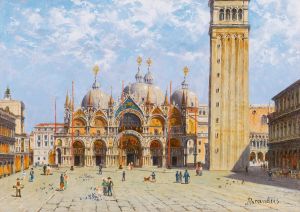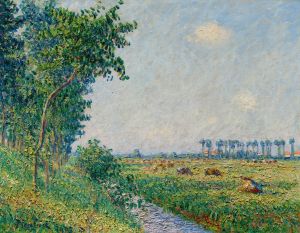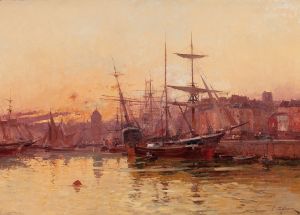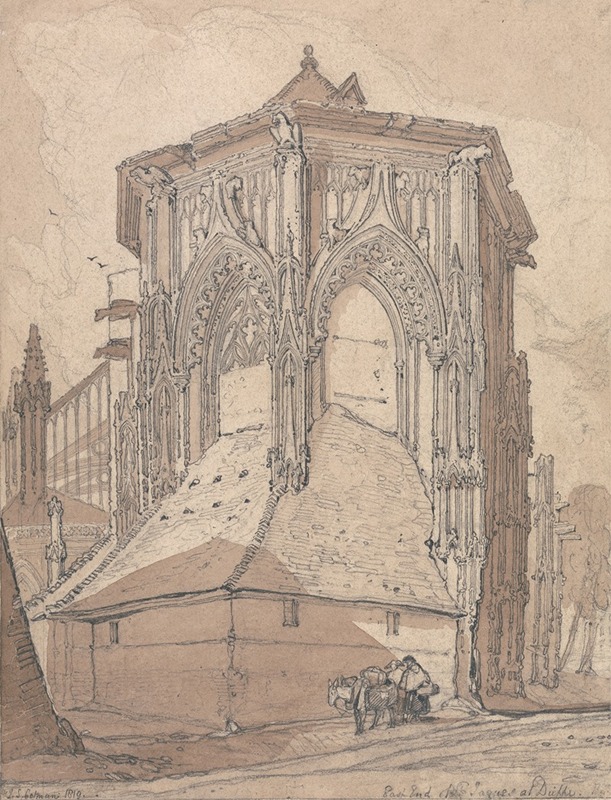
East End of Saint Jacques at Dieppe, Normandy
A hand-painted replica of John Sell Cotman’s masterpiece East End of Saint Jacques at Dieppe, Normandy, meticulously crafted by professional artists to capture the true essence of the original. Each piece is created with museum-quality canvas and rare mineral pigments, carefully painted by experienced artists with delicate brushstrokes and rich, layered colors to perfectly recreate the texture of the original artwork. Unlike machine-printed reproductions, this hand-painted version brings the painting to life, infused with the artist’s emotions and skill in every stroke. Whether for personal collection or home decoration, it instantly elevates the artistic atmosphere of any space.
John Sell Cotman was an influential English painter and etcher, known for his contributions to the Romantic movement and his mastery of watercolor. One of his notable works is "East End of Saint Jacques at Dieppe, Normandy," which reflects his keen interest in architectural subjects and his skill in capturing the essence of historical structures.
Cotman was born in 1782 in Norwich, England, and became associated with the Norwich School of painters, a group known for their landscape paintings. His travels to France in the early 19th century provided him with ample inspiration, particularly in the Normandy region, where he was captivated by the medieval architecture. The painting "East End of Saint Jacques at Dieppe, Normandy" is a testament to this fascination.
The Church of Saint Jacques in Dieppe is a significant Gothic structure, known for its intricate design and historical importance. Cotman's depiction of the east end of this church highlights his attention to detail and his ability to convey the grandeur of Gothic architecture. The painting captures the church's elaborate stonework and the play of light and shadow on its surfaces, showcasing Cotman's technical prowess and his sensitivity to the atmospheric effects.
Cotman's work is characterized by his use of subtle color palettes and his emphasis on form and structure. In "East End of Saint Jacques at Dieppe, Normandy," he employs a restrained color scheme that enhances the architectural features of the church. His brushwork is precise, yet fluid, allowing him to convey both the solidity of the stone and the ethereal quality of the light.
The painting is also notable for its composition. Cotman chose a viewpoint that emphasizes the verticality of the church, drawing the viewer's eye upwards and highlighting the intricate details of the Gothic design. This perspective not only showcases the architectural beauty of the church but also reflects Cotman's interest in the spiritual and historical significance of such structures.
Cotman's time in Normandy was a period of prolific output, during which he created numerous sketches and paintings of the region's architecture. These works were instrumental in establishing his reputation as a leading figure in the Romantic movement and as a pioneer in the study of architectural subjects in art. His paintings from this period are valued for their historical accuracy and their artistic merit.
"East End of Saint Jacques at Dieppe, Normandy" is an exemplary work that illustrates Cotman's ability to blend technical skill with artistic vision. It remains a significant piece in the study of 19th-century British art and continues to be appreciated for its contribution to the understanding of Gothic architecture through the eyes of a Romantic artist. Cotman's legacy is preserved in his detailed and evocative portrayals of historical architecture, which continue to inspire and inform both art enthusiasts and historians alike.





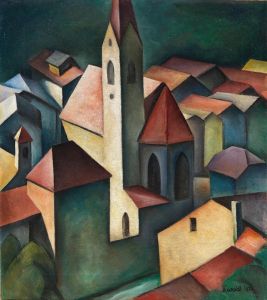
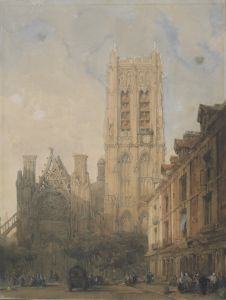
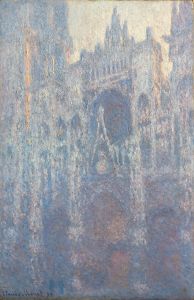
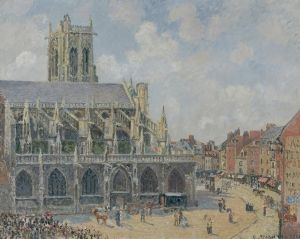
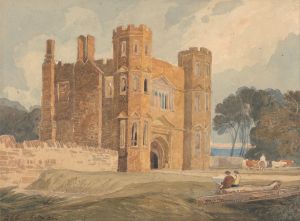
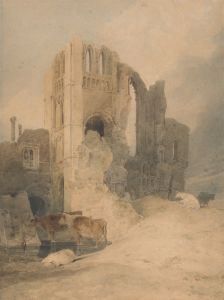
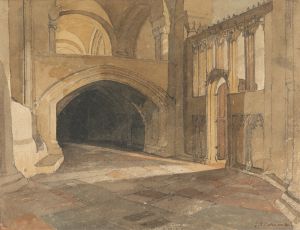
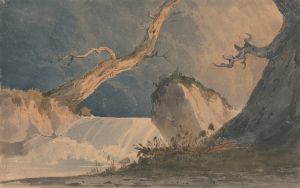
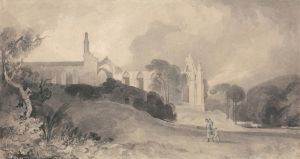
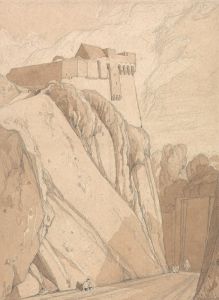
![West Front of the Church of Oyestraham [Ouistreham], near Caen, Normandy](/imgs/249142/s/john-sell-cotman-west-front-of-the-church-of-oyestraham-ouistreham-near-caen-normandy-817bec48.jpg)
